14. Training & Communication
Best Practice Guidelines

Integrated: Take an integrated approach to all aspects of anti-corruption employee engagement including education, training, advice and whistleblowing channels, line management and departmental communications, incentives, and appraisals.

Consistent: Provide consistent messages whatever the channel and this includes those given in external engagement and public reporting.

Practical: Translate the anti-bribery programme into practical guidance and training relevant to all employees in their work.

Cross-functional working: Ensure that legal, compliance, human resources, and business units work together in planning communications, training and delivery.

General training: Ensure that all employees, board members and contractors receive a foundation level of anti-bribery communications and training.

Tailored communications and training: Implement tailored communications and training based on risk assessments of where bribery is most likely to be encountered by employees.

Clarity: State clearly, consistently and accessibly across the company, the values, anti-bribery policies, procedures and expectations.

Two-way: Recognise that engagement with employees is a two way process.

Surveys and interviews: Conduct interviews with employees and board members to determine their perceptions and needs.

Orientation: Ensure that new recruits (including appointments to the Board) are given induction/orientation training on the anti-bribery programme and that intermediaries are also given training following their appointment.

Appropriate messages: Convey anti-bribery messages that are seen by employees as appropriate, attainable and which build confidence and trust in the company and its integrity.

Positioning: Keep the anti-bribery messages alive and at the forefront of employees' minds through means such as line management and departmental initiatives and promotions.

Use scenarios: Use scenarios, case studies and dilemmas as these are valuable in stimulating alertness to risks, along with provoking thought on approaches to use and how to deal with the grey areas likely to be encountered.

Be clear on exceptions: Clear guidance needs to be given on situations when exceptions may be justified (for instance when bribe demands are accompanied by the threat to life, limb or liberty of the employee or to another person).

Localise: Tailor training to local cultures and needs. In addition, as part of tone from the top, board members and senior management will convey the corporate anti-corruption commitment in local communications and by attending local training sessions.

Tone from the top: Involve directors and senior management in the training to reinforce the company’s commitment to integrity and countering bribery.

Use experts: Draw on the expertise and real-life experience of managers, employees and industry experts.

Evaluate: Monitor systematically the delivery of training to find out what works and what could be improved.

Measure opinions: Gather, evaluate and use information (including results of employee surveys) on awareness and understanding of the programme. Check employees’ confidence in their ability to handle bribery risks, and views on the company’s values.

Continuous improvement: Provide incentive schemes for employees to make suggestions for improving anti-corruption internal controls and procedures.

Appraisal: Build compliance with the anti-corruption programme and completion of training into the appraisal procedure and ensure employee records document training needs and training received.

Document: Record the company’s training given as this will shape future training plans and also serve as evidence of the adequacy of the company’s anti-bribery programme.

